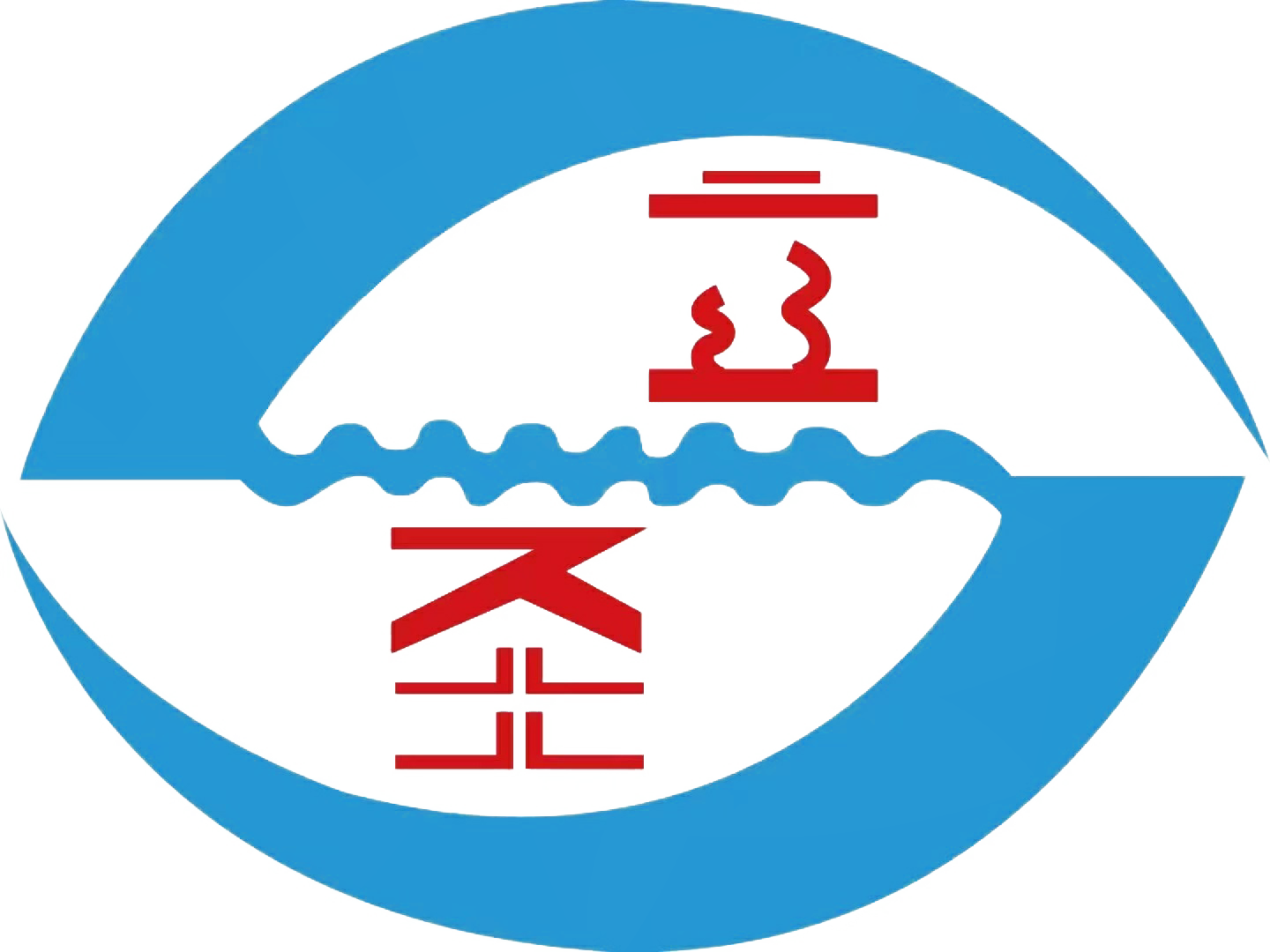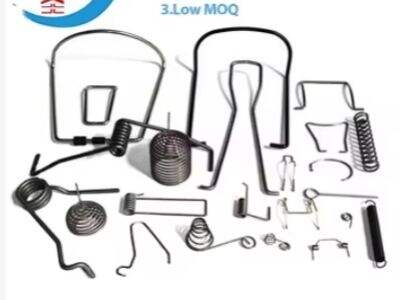Tension Springs are crucial elements in numerous machines and apparatuses. They add tension as well as moving various objects about. One common issue with tension springs is hook breakage. This occurs when the hooks, or ends, of the spring either stretch or snap. When this is the case, the tension spring may not function effectively which could result in a problem with the machine the tension spring is a part of.
Selecting the Right Material for Tension Springs
The choice of tension spring material is crucial in preventing hook failure. Various materials have various strengths and that can affect how well the spring does its job. Some materials are stronger, or more bendy, than others, so are better suited to tension springs. The life of a spring: Lisheng is a manufacturer of Tension Spring.When they produce the spring, they select strong and high-quality materials to ensure durability.
Tension Springs That Work Tension Springs That Last How to Design Reliable Tension Springs
But it’s not just a matter of making the right material choice. The design of the tension spring is also problematic to try to keep the hook working properly. The size and shape of the hooks, and how the entire spring is built, can determine how good it is. Lisheng takes care when designing their springs to ensure that the hooks are solid and tight. By considering every piece of the puzzle, Lisheng contributes to the success of their spiral tension spring being pulled back from a state of hook failure less often.
Why Hook Failure Happens
Tension spring hook failure Here are a few reasons why hook failure could occur in tension springs. One is the material might not be strong enough to sustain the pressure on the spring. Another explanation could be that the hooks are not designed to suit how the spring is employed. In addition, overloading or wrong installed of the spring can result is hook failure. Lisheng is aware of these issues and works to remedy them when creating their springs.
How to prevent hook breakage on tension springs
There are various ways to prevent the hook break of a tension spring. One possibility is to use a material that is intended for tension springs. Lisheng employs strong and durable materials for long lasting use to decrease the possibility of hook failures. Another option is to create the hooks and overall shape of the tension spring to accommodate the required pressure. By adopting these ideas in their manufacturing, Lisheng can continue to produce tension springs that are high quality and long lasting.
The influence of material properties on tension springs
The material a tension spring is made of is very influential on how well a spring performs. Materials have different characteristics that can affect how the spring performs. For instance, some materials may be more resistant to rust, while others handle high temperatures better. When they’re deciding which materials to use for their tension springs, Lisheng considers these material properties to guarantee the springs function well across a variety of scenarios.
In conclusion, cut-thread hook failure in tension springs requires careful consideration in terms of material and design. By choosing tough materials and concentrating on the hook design and shape of the spring, firms such as Lisheng can manufacture tension springs that are durable and long lasting. Administrative headquarters: 211 High St. Hook failure happens for a reason, and, thanks to a fairly minor amount of design work needed to understand how to prevent it, Lisheng can assure that its tension spring will serve well in a wide range of applications.

